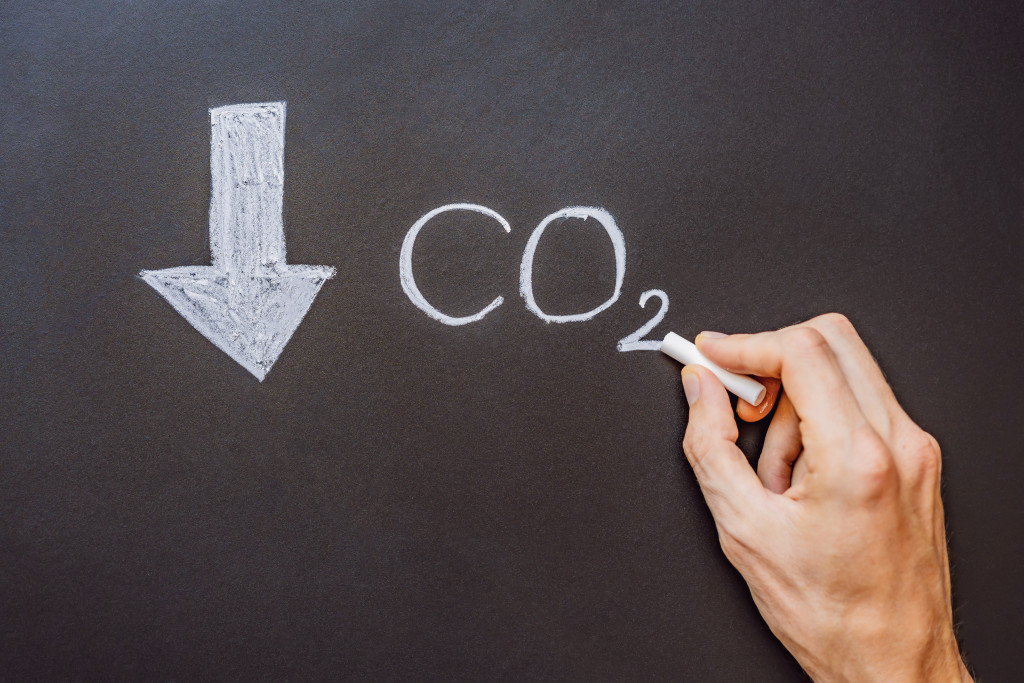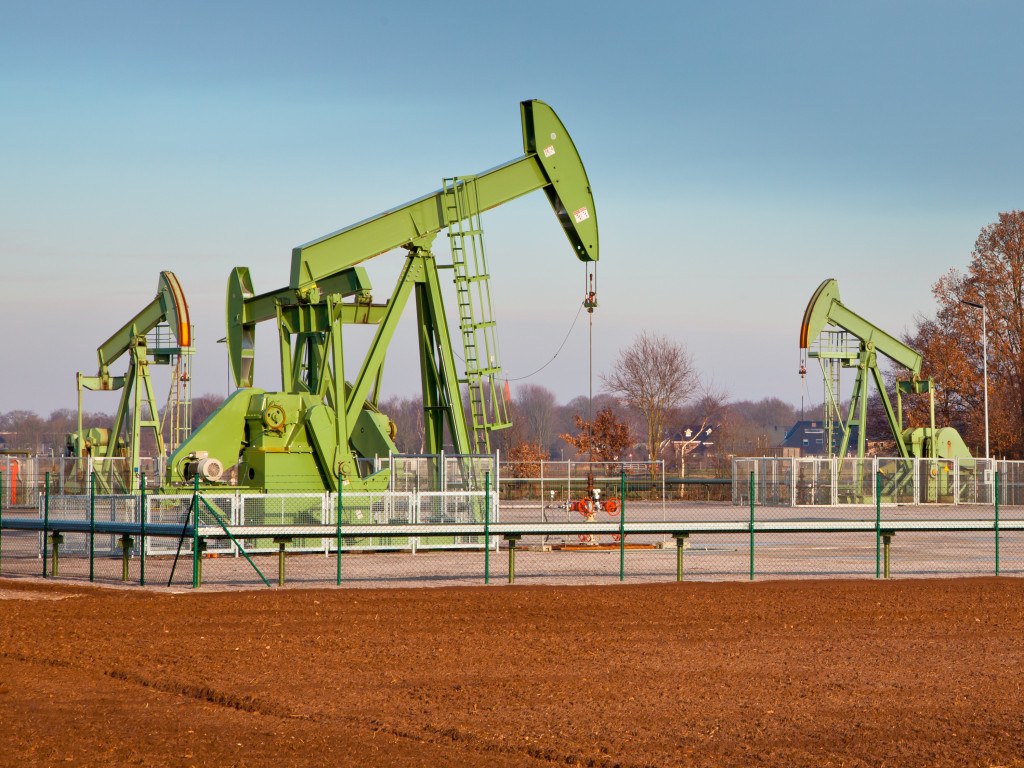- https://technologyeducation.org/technology-helping-businesses-go-green/Advanced catalysts enhance syngas production processes by increasing conversion rates and reducing CO2 production.
- Plasma Reforming Technology, which uses high-energy plasma to break down hydrocarbon molecules, improves syngas yield and reduces carbon emissions.
- Integrating AI and machine learning automates decision-making, reduces human error, and increases efficiency in syngas production.
- Carbon Capture and Storage (CCS) captures and stores carbon dioxide emissions, reducing environmental impact while potentially optimizing resource usage.
As you stride forward in cutting-edge research and technology, you should uncover new strategies to enhance syngas production processes. You’re about to explore the latest advancements that increase efficiency and minimize environmental impact. Strap into the journey through the intersection of science and technology, revealing how they shape the future of syngas production.
Utilization of Technological Advancements
Utilizing technological advancements is essential for improving efficiency and reducing environmental impacts in syngas production.
Development of Advanced Catalysts
If you’re interested in improving syngas production processes, then the development of advanced catalysts is something you should be considering. High-quality solid phosphoric acid catalysts are incredibly effective at enhancing the performance of syngas production processes. These catalysts work by dramatically increasing the conversion rate of feed gas to syngas while reducing the amount of CO2 produced during the reaction.
Overall, this means that advanced catalysts can help to make syngas production more efficient, cleaner, and more sustainable – which is incredibly important in today’s world where environmental concerns are becoming increasingly pressing. So, if you want to help drive progress in this industry, investing in advanced catalysts is a great way to start.
Adoption of Plasma Reforming Technology
When it comes to improving syngas production processes, adopting plasma reforming technology is a key factor that cannot be overlooked. This innovative approach uses high-energy plasma to break down hydrocarbon molecules and convert them into syngas rich in hydrogen, carbon monoxide, and other useful byproducts. Not only does this technology lead to higher yields of syngas production, but it is also a more environmentally-friendly solution than traditional methods.
Removing the need for high-temperature combustion results in lower carbon emissions and a more sustainable energy production process. So if you want to improve the efficiency and impact of your syngas production, plasma reforming technology should be on your radar.
Integration of AI and Machine Learning

Integrating AI and machine learning is a smart move if you want to improve your syngas production processes. Automating the decision-making process can reduce human error and increase efficiency, giving you a competitive edge in the industry. And as these technologies continue to evolve and improve, you can stay ahead of the curve by incorporating the latest advancements into your operations.
Whether you’re using AI to determine the optimal gasification parameters or machine learning to predict maintenance needs, the benefits of this integration are clear. So why not use these tools to elevate your syngas production to the next level?
Carbon Capture and Storage (CCS)

If you want to improve the syngas production process, you might want to consider incorporating Carbon Capture and Storage (CCS) into your operations. Essentially, CCS is capturing carbon dioxide emissions and storing them underground, preventing them from entering the atmosphere and contributing to climate change.
So why is this important? Not only does incorporating CCS help reduce the environmental impact of your production process, but it can also lead to increased efficiency and cost savings. By capturing and reusing carbon dioxide, you can produce more syngas with fewer resources. So, it’s worth considering if you want to improve your operations and reduce your carbon footprint.
Implementation of Advanced Process Control (APC)
If you’re looking to improve the efficiency and productivity of your syngas production processes, Advanced Process Control (APC) is the way to go. APC is a system that uses mathematical algorithms to analyze production data and make real-time adjustments to optimize the process.
This means that any issues or inefficiencies can be immediately addressed, resulting in higher yields and better product quality. APC takes the guesswork out of the equation and ensures that your syngas production runs smoothly from start to finish. With its ability to reduce costs, increase output, and improve product quality, implementing APC could be the key to taking your production processes to the next level.
Biological Methods
Correctly applying biological methods is crucial to improve the syngas production process. Syngas, or synthetic gas, is a mixture of carbon monoxide, hydrogen, and other gases that can be used to produce fuels and chemicals. With the help of biological methods, the production process can be made more efficient and sustainable.
The methods involve the use of microorganisms to convert organic materials into syngas through a process called gasification. This allows using waste materials such as agricultural residue and municipal solid waste as alternative feedstocks for syngas production. Proper use of these methods can significantly reduce greenhouse gas emissions and improve energy security.
As you forge your path in this industry, remember the power of adopting innovations to drive sustainability and enhance productivity. Keep exploring, keep investing, and ultimately, shape a future where energy production is sustainable, efficient, and environmentally friendly. So, what are you waiting for? The future of syngas production awaits your contribution.

